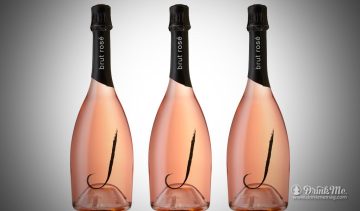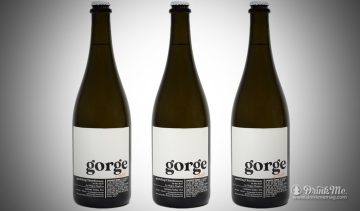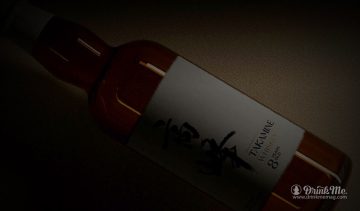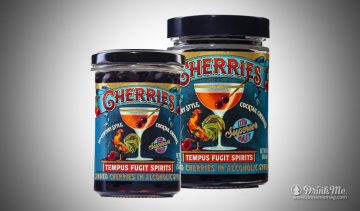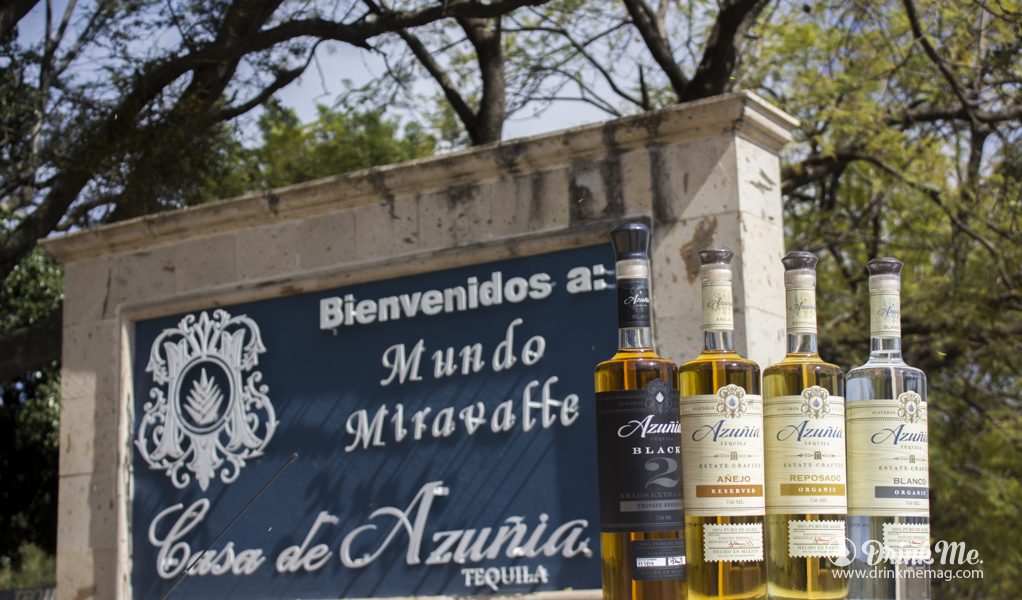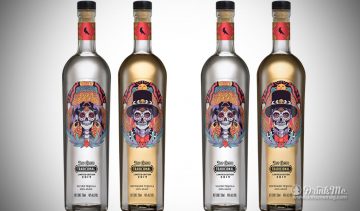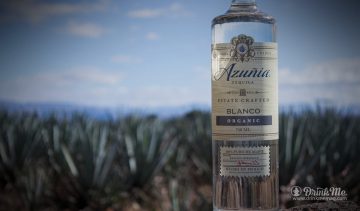Photo of Azuñia Estate
Natasha Swords explores where the Margarita came from, and more importantly where it’s going. In an interview with Salvador Rivera Cardona, Azuñia Tequila’s Master Distiller, she tackles the confounding notion that ingredients in your Margarita matter less because they’re mixed, and why all tequilas are not created equally…at all, in fact.
I refuse to be another alcohol spirits writer who pretends to possess all the facts about how the Margarita first got started. What I will say is that one of the most common beliefs is that Carlos “Danny” Herrera created the cocktail in his Tijuana restaurant, Rancho La Gloria somewhere around 1938.
The story goes like this: Danny was inspired by aspiring actress, Marjorie King, who was allergic to all alcohol except tequila, which she didn’t like to drink straight. So, he added some salt, a wedge of lime and presented his picky customer with the Margarita.
There are various other stories circulating, involving a Dallas socialite as well as Tommy Hilton and Rita Hayworth but Danny Herrera’s story seems to be the most popular, albeit it likely inaccurate.
There’s one major problem and that is that in 1862, the book, How to Mix Cocktails by Jerry Thomas was published and features a section on sour cocktails including the Daisy Recipe. Spanish for “daisy”? You know it. Margarita.
Also in 1937, one year before Danny and Marjorie’s story apparently happened, Cafe Royal Cocktail Book published a recipe for a Picador using the same concentrations of tequila, triple sec and lime juice as a margarita.
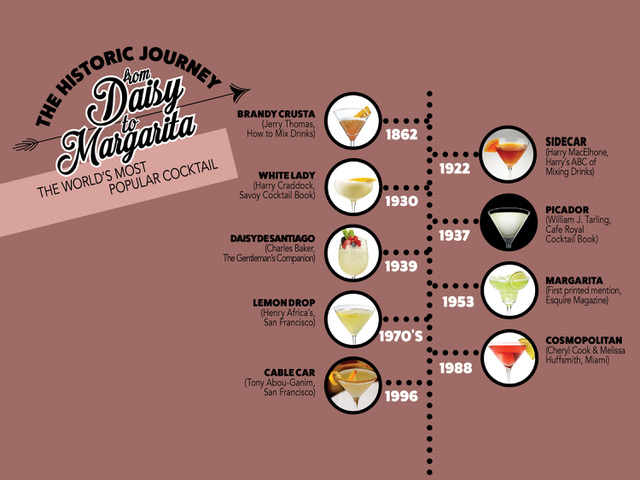
The Evolution of The Margarita
Essentially, the margarita comes from the category of sour cocktails. Sours contain a base of liquor, lemon or lime juice, and a sweetener like triple sec, grenadine or simple syrup.
It seems to be unanimous that the first version of the frozen Margarita, was served by Albert Hernandez Sr. in La Jolla, California in 1947, and the first frozen Margarita machine was created by Dallas-restaurateur, Mariano Martinez, in 1971, and now sits in the Smithsonian Museum of History — the machine, not Mr. Martinez.
I’m a serious sipper, but I am partial to a frozen Margarita in the right setting, with the right ingredients, and when the mood strikes me, which is often. The frozen Margarita definitely has its place in the hearts of even the most serious alcohol critic.
There is a devolution afoot though, and it begins with the widespread misconception that if it’s in a cocktail, the ingredients matter less. Nothing could be further from the truth, however. If you put cheap ingredients in a cocktail, you’ll get a cheap cocktail, every time — seems obvious doesn’t it?
Just before the Margarita was finding its legs, a very young man called Enrique Partida Zepeda was born into a Mexican farming family and started working the land as a teenager for the benefit of the residents of Tequila and Amatitán. Enrique’s family joined with another landowner, and together they grew the farming operation and created a distillery where they made high-quality tequila. For decades Azuñia Organic Tequila has been sourced here, and the original family still sets aside acreage to grow agave exclusively for this brand.
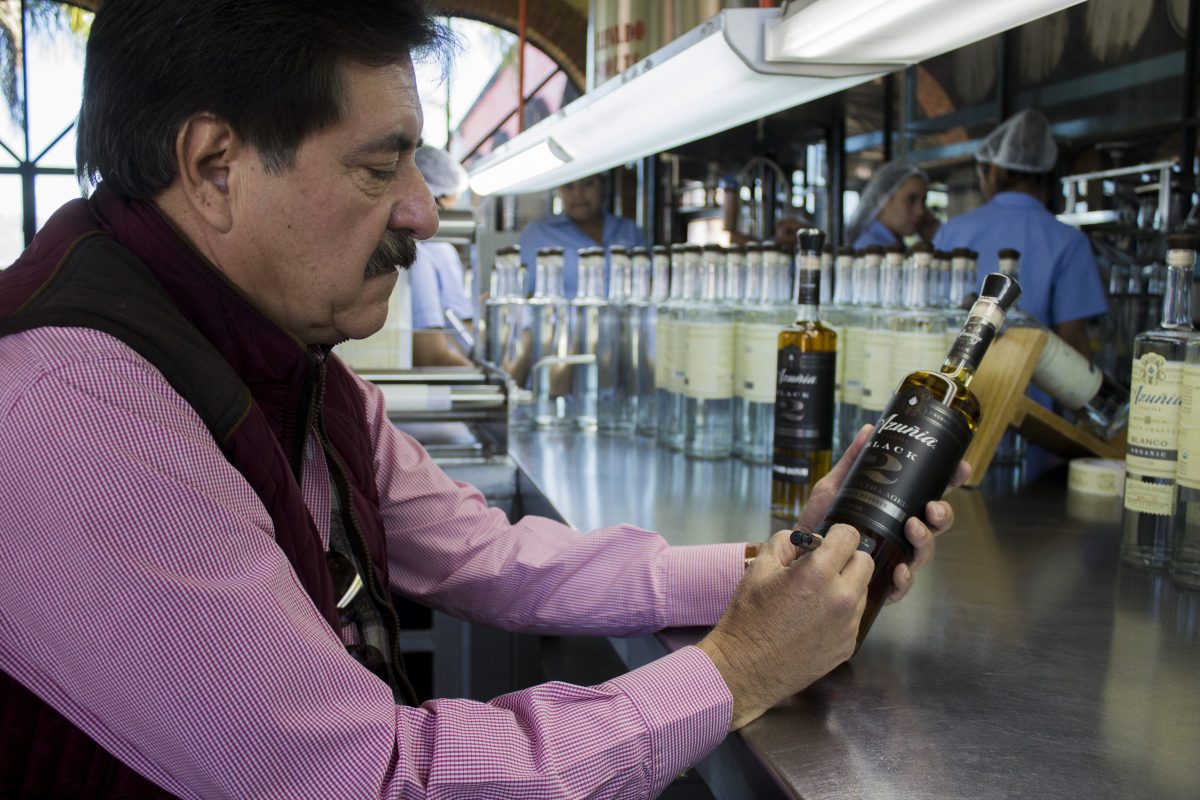
Salvador Rivera Cardona at Azuñia Distillery
I had the privilege of sitting down with Salvador Rivera Cardona, Azuñia’s current Master Distiller and we discussed the very matter that a Margarita is, quite literally, the sum of its parts.
Salvador relates wholly to the issue of elevating tequila and abhors the cheapening of the category as a whole. He makes no exception of the margarita either. Salvador is uncompromising in his standards. While the mixology space is making a clear move back to minimalistic ingredients adopting a mantra of less is more, it seems to this writer that the bartending scene is a little late to Salvador’s party. Salvador has always maintained that the Margarita should be pure, organic and, well, authentic exactly like Azunia Tequila.
“The most important things about your tequila are obvious to you already,” says Salvador who observes like the Dalai Lama of Agave. “It has to have a great taste with an excellent aroma and a good bouquet. It must be 100% Weber Blue Agave and made at a distillery that uses an all natural process with no artificial ingredients added,” he explains. Salvador wants to educate the trade and consumers on why pure, organic tequila, farmed sustainably, is so essential.
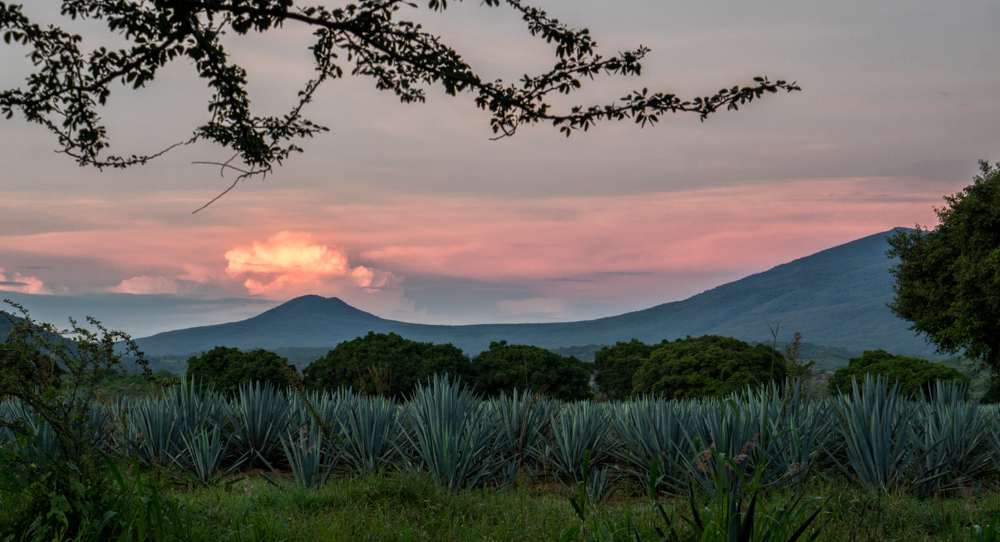
Azuñia Agave Fields
“The quality and taste of each tequila is unique to each distillery, and a big part of that is the fermentation process,” he says. “Using all natural fermentation ensures we are making the best tequila possible. Although consumers probably won’t spot any apparent differences in organic versus non-organic tequilas, being organic helps us assure our consumers that our product is chemical free and all natural.
“Using all natural fermentation ensures we are making the best tequila possible. Although consumers probably won’t spot any apparent differences in organic versus non-organic tequilas, being organic helps us assure our consumers that our product is chemical free and all natural.”
“Harvesting by hand is a must since no machine is able to work the fields like a jimador due to the different sizes of the agave plants,” Salvador ponders. “Besides, the jimador continues to be a significant element of the tequila making process. It would be almost impossible to replace him.
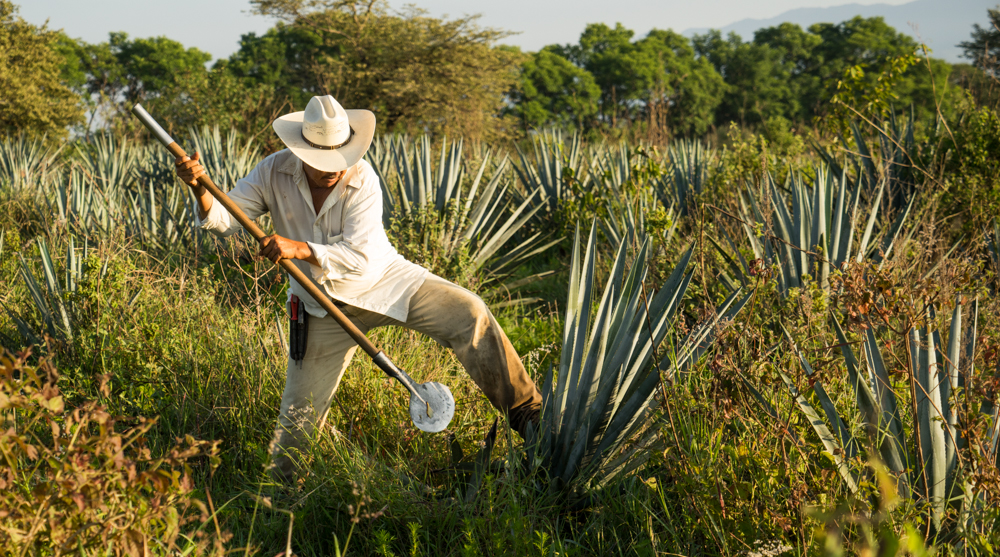
Azuñia Harvest
“Open air fermentation is key because it helps implant the different taste notes in the tequila from the various fruit plants in our region, for example. And even bottling by hand helps us demonstrate the passion we have as a company for the tequila we make. It’s almost like our special quality seal that consumers know each bottle was labeled by someone from our team at Rancho Miravalle.”
From sustainable farming and harvesting practices to natural, open-air fermentation and bottling by hand, Azuñia Tequila has striven to remain true to the heritage of the spirit. Of the thousands of tequila brands that exist today, only a small handful of can deliver something so pure and pristine: no GMOs, no chemicals on plants, and no proprietary yeast blends for fermentation. This is important stuff because it’s going in your body!
Of the thousands of tequila brands that exist today, only a small handful of can deliver something so pure and pristine: no GMOs, no chemicals on plants, and no proprietary yeast blends for fermentation. This is important stuff because it’s going in your body!
Salvador asserts that “controlling your source is key for us because we plant in the best place on earth to grow agave: the Amatitán area in the Tequila Valley. We never outsource agave for Azuñia from any other region, keeping our agave quality consistent.”
Premium organic Weber Blue Agave is cultivated for Azuñia Tequila, and sustained by an underground well filtered by volcanic rock. In fact, the water so pure and pristine that the well provides the drinking water to the region’s businesses and residents.
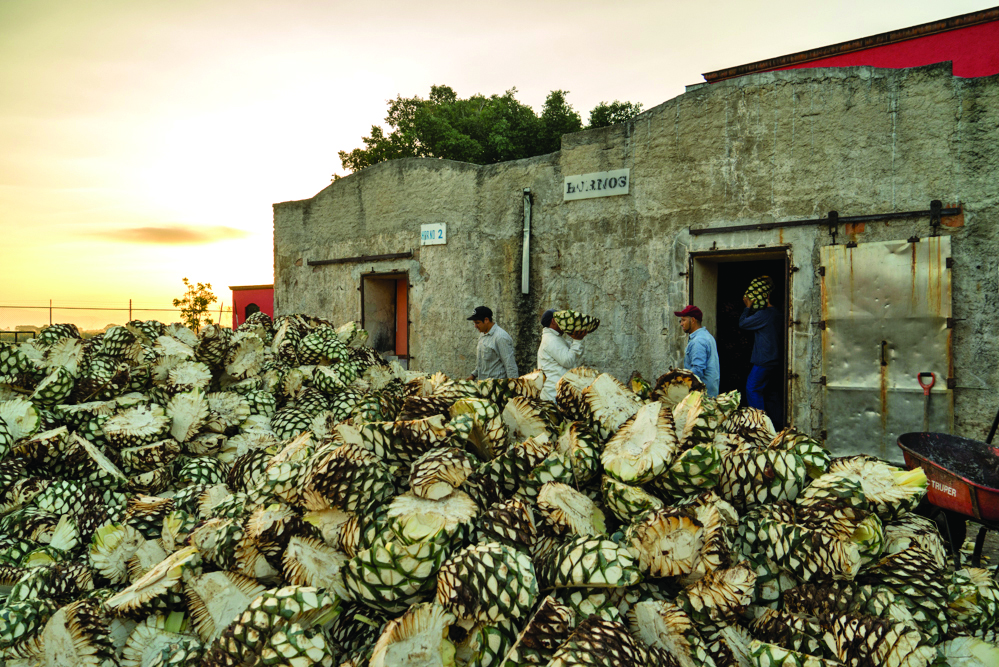
Azuñia Tequila Production
This farmed tequila, stands out in a world of mostly processed production and allows the town of Rancho Miravalle to turn the best agaves of the region into a timeless tequila produced honestly, authentically, from farm to table.
Salvador asserts that “controlling your source is key for us because we plant in the best place on earth to grow agave: the Amatitán area in the Tequila Valley. We never outsource agave for Azuñia from any other region, keeping our agave quality consistent.”
That’s why Azuñia’s signature cocktail is the Azuñia Orgánica Margarita. Azuñia Tequila works flawlessly as a premium sipping tequila and stands up well in more complex cocktails. Yet, with the Orgánica Margarita, simplicity allows this naturally rich and flavorful tequila to shine all while being perfectly balanced by fresh lime juice and agave nectar.

Azuñia Orgánica Margarita
The Orgánica Margarita is simple using only three ingredients:
- 1.5 oz Azuñia Blanco Organic Tequila
- 0.75 oz Azuñia Organic Agave Syrup
- 1 oz Fresh Lime Juice
Shake with Ice.
I asked Salvador what he would be if not a master distiller of tequila. His reply was resolute: “If I wasn’t making tequila, I would definitely have followed in the steps of my father as an agave grower and cattle raiser.” Definitely spotting a theme here.
And what of the future for the brand that never changes? “I’ve started traveling to the U.S. to support Azuñia in that market, and I plan to continue to do so since it supports the growth of the brand. We are all about reinforcing the efforts of the entire Azuñia team. Events like Tales of the Cocktail, which I just attended, are a perfect way for me to get to know the U.S. market better.”
Salvador concludes, “We are growing as an industry every day, and the demand worldwide continues to increase. Overall we feel even better times are yet to come.”


